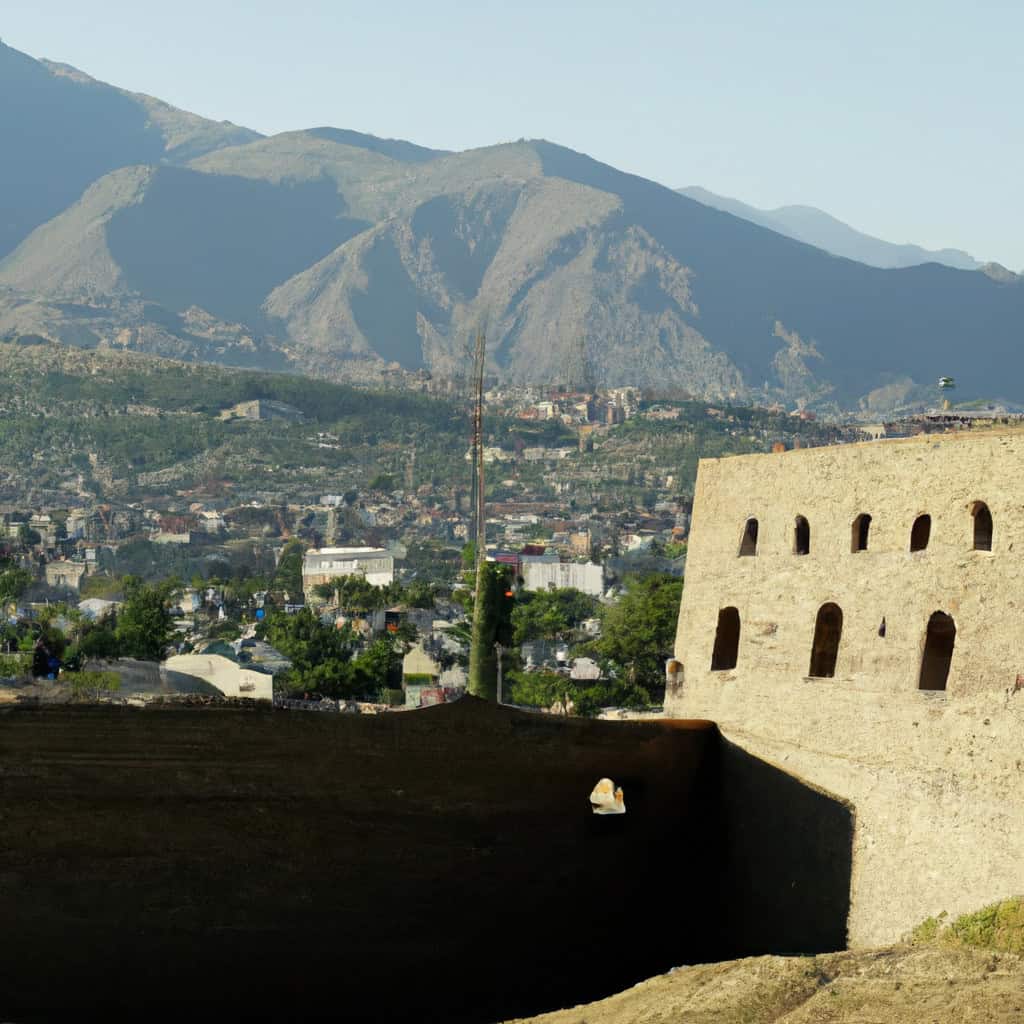Shahi Bala Fortress in Kabul, is one of many fascinating sites that both foreign visitors and local tourists can explore while they visit Afghanistan and exploring Kabul Province. Steeped in history, the fortress reveals layers of Afghanistan’s rich and intriguing past, silently narrating tales from the bygone eras. Also known as Bala Hissar, it has served as an imperial capital, a citadel, a strategic military garrison and an eye-witness to many seismic events that has unfolded in this part of the world.
Shahi Bala Fortress Most Important Events
- The Siege of 1504: This event was a turning point in the history of Shahi Bala Fortress. It was the time when the founder of the Mughal Empire Babur captured Kabul and made the fortress his headquarters. He loved the location and stayed there for 15 years.
- The Revolt of 1929: Another crucial chapter in the fort’s historical journey was during the Afghan civil war. It was a significant location for the last King of Afghanistan, Amanullah Khan, who was overthrown by the rebel forces.
- Reconstruction and Preservation: In recent times, the fortress has seen extensive conservation efforts. UNESCO and the Aga Khan Trust for Culture took significant steps in preserving and restoring the fortress, making it a prominent tourist location.
History of Shahi Bala Fortress in Kabul
Historically associated with the city of Kabul, the fortress has witnessed the rise and fall of several dynasties since its construction. It is believed to have been established during the Kushano-Sassanian period in 5th century AD. Hence the name ‘Bala Hissar,’ which means ‘High Fortress,’ reflecting its majestic position on a high hill, providing an unbroken view of the city and the valleys below.
Over the centuries, the fortress served as a strategic stronghold, changing hands between various Turkic, Mongol, Persian, and Afghani regents. It saw major revamps during the reign of the Mughal Emperor Babur in the early 16th century. Babur renovated and beautified the fortress making it his primary residence in Afghanistan.
Periods of unrest marked the fortress’s more recent history. The 19th and 20th centuries were particularly tumultuous, with the fort reflecting Afghanistan’s struggles to defend its sovereignty. It saw significant destruction during the Second Anglo-Afghan War in 1879 and yet stood firm as a symbol of courage and resistance.
Why It’s Important to Afghan History
Shahi Bala Fortress is an integral part of Afghanistan’s history. It was at the center of political, military, and cultural affairs. The fortress is not just a physical structure but a storytelling canvas that unfurls the nation’s historical journey, survival, and resilience.
The fortress remains a potent icon of the country’s past, encapsulating its history from ancient to modern times. It has been a defensive bastion against invasions, a center of power, and a historical symbol for locals and foreigners, providing illuminative insights into the tumultuous history of Afghanistan.
Why to Visit Shahi Bala Fortress
The Shahi Bala Fortress is a must-visit site for its blend of history, architecture, and an immersive cultural experience. The fort enchants with its rustic charm, picturesque views, and traces of regality veiled in time.
Walking through the ancient pathways, one cannot help but be moved by the enduring spirit of the fortress. The architecture, with influences from Persian, Mongol, and Afghani styles, provides an interesting journey through the history of the region.
Top highlights of visiting Shahi Bala Fortress include:
- Exploring the ancient ruins and architectural remnants.
- Walking through the bazaars which hold stories of olden times.
- Overlooking the sprawling view of Kabul city from the fortress.
- Understanding the historical significance and battles that changed Afghanistan.
- Experiencing the local culture, customs, and traditions of the region.
The fortress, located in the heart of Kabul city, is easily accessible. The best time to visit is during the cooler months of October to April.
Cultural & Tourist Significance
The Shahi Bala Fortress is not just a historical monument but a touristic and cultural hotspot. Tourists find the fortress compelling, and for locals, the fortress holds deep cultural significance. Governed by tales of yesteryears, every corner of the fortress sings a ballad dating back to times immemorial.
It also serves as an educational resource for history enthusiasts, researchers, and archaeologists. Walking through the fortress is akin to flipping through a magical history book, offering an alluring journey into Kabul’s past.
The fort has also been recognized as a World Heritage Site by UNESCO. This has significantly boosted its status as an international tourism destination, attracting globetrotters eager to explore the depths of Afghanistan’s history and culture.
Interesting Facts
Unveiling the layers of Shahi Bala Fortress reveals intriguing stories and facts. Did you know that the fortress was referred to by Babur as a ‘paradise’ due to its spectacular view over Kabul? He was so impressed that he even wrote poems praising the beauty of the place.
Another interesting fact is that there is an entire underground city within the fortress. The underground network includes drains, vaults, and tunnels, some of which are still undiscovered.
Lastly, there are several myths and legends associated with the fortress. Some locals believe that it is haunted by the spirits of soldiers who fought valiantly but tragically met their end here. These stories add an element of mystique and fascination to the fortress.
Shahi Bala Fortress is a symbol of Afghanistan’s glorious past, a canvas of history, and a reflection of the country’s enduring spirit. It offers an unmatched exploration experience into the history, architecture, and culture of this fascinating region. Whether you’re a history buff, an architecture enthusiast, or an avid traveler, the Shahi Bala Fortress should top your list while exploring Afghan’s rich heritage.

